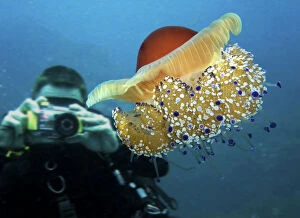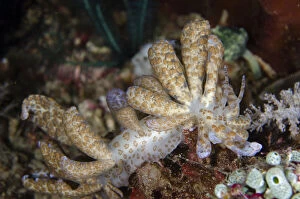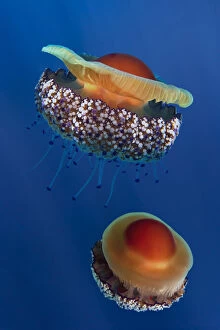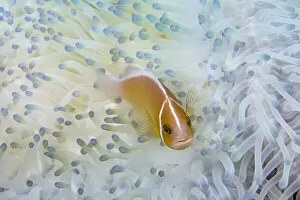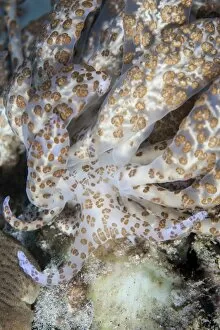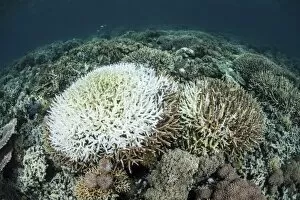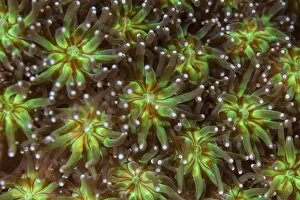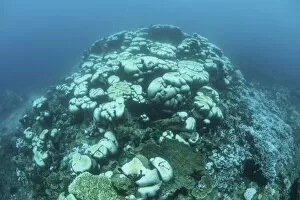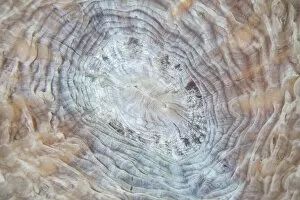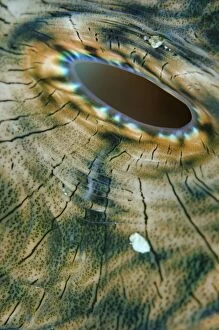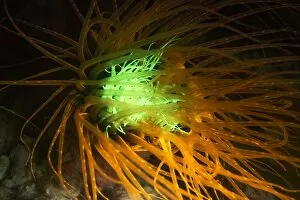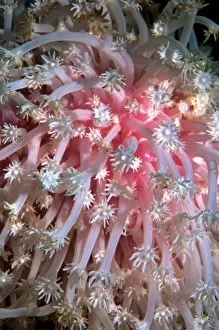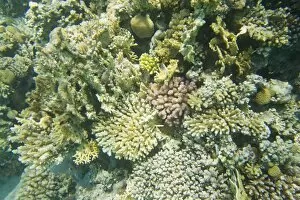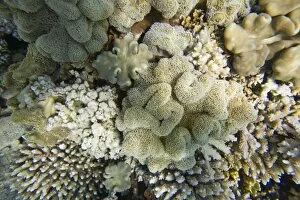Zooxanthellae Collection
Zooxanthellae: The Unsung Heroes of Coral Reefs In the vast expanse of our oceans
For sale as Licensed Images
Choose your image, Select your licence and Download the media
Zooxanthellae: The Unsung Heroes of Coral Reefs In the vast expanse of our oceans, a microscopic organism plays a crucial role in maintaining the vibrant beauty of coral reefs. Meet zooxanthellae, the unsung heroes that provide shelter and sustenance to countless marine species. Picture No. 12479486 showcases an enchanting underwater scene where corals thrive with their colorful inhabitants. These corals owe their radiant hues to zooxanthellae, which form a symbiotic relationship with them. Through photosynthesis, these tiny algae convert sunlight into energy-rich compounds that nourish both themselves and their coral hosts. However, recent environmental challenges have put this delicate balance at risk. Picture No. 13131094 depicts a pink anemonefish swimming amidst bleached anemones – a stark reminder of the devastating effects of coral bleaching caused by rising sea temperatures and pollution. Micronesia's waters bear witness to this crisis as well, as seen in Picture No. 12479485 featuring clownfish navigating through bleached coral colonies. Without healthy zooxanthellae populations within their tissues, corals lose their vibrancy and become vulnerable to disease and death. Indonesia's reefs also face similar threats; Pictures No. 12479485 and No. 13131094 capture the alarming sight of once-vibrant corals beginning to bleach due to stressors like warming waters or pollution-induced nutrient imbalances. Nonetheless, hope remains on these fragile ecosystems' horizon as showcased in Picture No. 13131094 - polyps from Galaxea coral colonies continue growing despite surrounding signs of distress. Nature always finds ways to adapt; even amid adversity, life persists against all odds – exemplified by the solar-powered nudibranch crawling across the seafloor in Picture No. 12479486. As we witness Indonesia's reef struggle for survival (Pictures No. 12479485, No.

